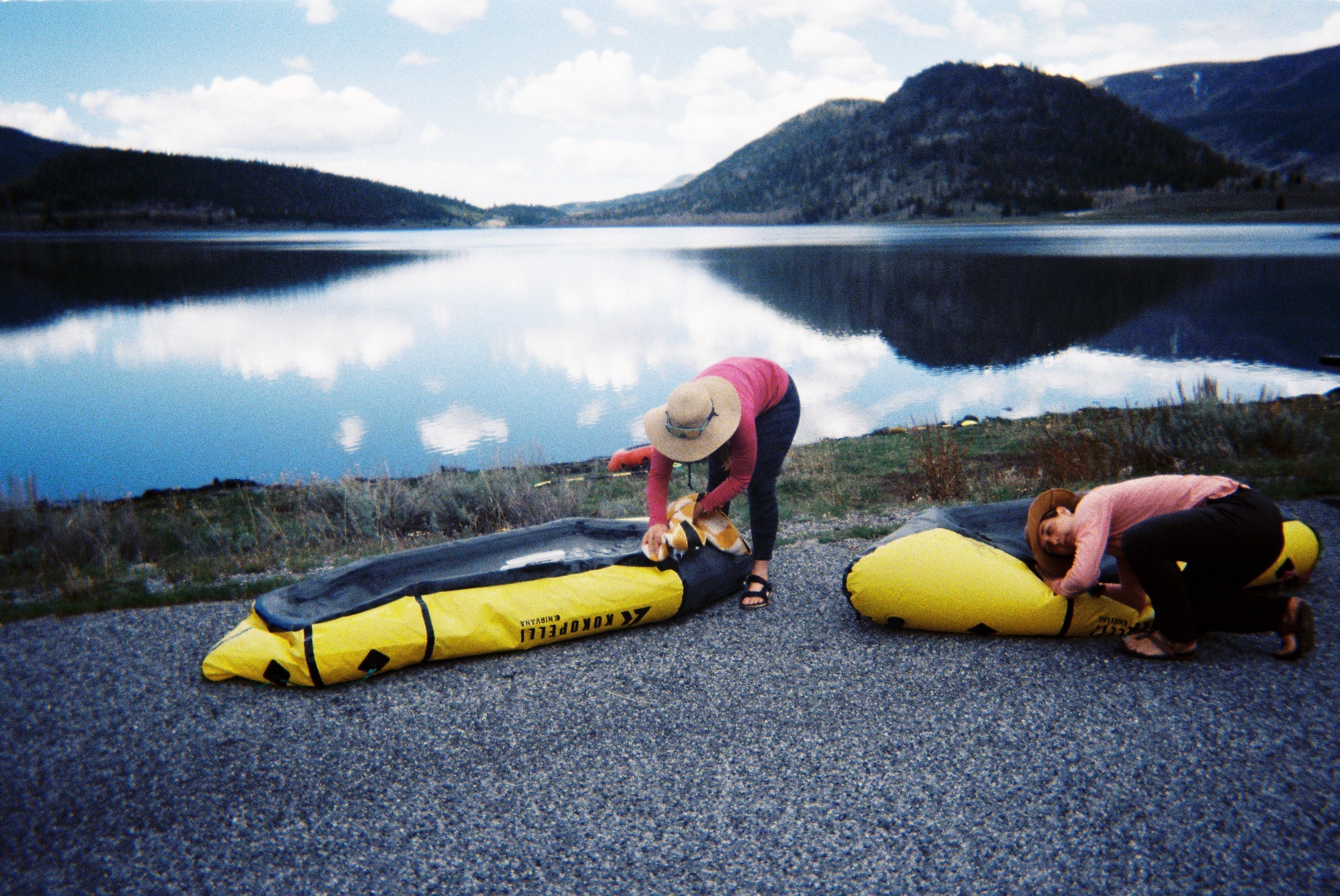Why do materials degrade?
Synthetics such as vinyl, Hypalon, neoprene, fiberglass, plastics and nylon all degrade over time. But this degradation can be dramatically slowed. All of these materials have special oils inherent in their materials called plasticizers. Latex products have their own set of similar oils. These “plasticizing” oils are an essential structural component of the material. Over time, plasticizers migrate to the surface of the material and evaporate, this is called “outgassing.”
As these plasticizers are lost, the material degrades and it becomes brittle, developing cracks and losing elasticity. Often colors will fade, yellow or become “chalky”. These are signs that the useable life of the product is being shortened. Latex products, such as dry suit seals, degrade in a similar manner.
UV light from the sun rapidly accelerates this process and also causes colors to fade. Summer heat is also a factor. This physical damage is unsightly and results in premature (and expensive) product replacement. We experience this degradation in many products including diving suits and gear, river rafts, inflatable boats and towables, float tubes, kayak skirts, PFD’s, pool and boat covers, automobile dashboards, convertible tops, fiberglass and plastic boats and canoes.
What is Revivex UV Protectant?
The Revivex UV Protectant is a water-based, industrial strength protectant and re-plasticizer for synthetic materials and latex rubber. The formula preserves synthetic and latex materials and slows color fading. It actually replaces lost plasticizers and helps seal-in existing plasticizers maintaining the integrity, suppleness and elasticity of materials.
UV Protectant penetrates rapidly, delivering rejuvenating plasticizers deep into the material. Most competing products simply make surfaces shiny. It leaves surfaces dry and non-glossy and will not attract dirt.
It also contains UV blocking sunscreen that bonds to surfaces and provides durable protection. This combination of re-plasticizers and UV blockers dramatically slows deterioration - extending useable life and saving money.
Are there other benefits to using UV Protectant?
Yes. UV Protectant makes materials resistant to dirt, ozone and other contaminants. Using it will make subsequent surface cleanings much easier.
How safe is UV Protectant on different materials?
UV Protectant is safe on all kinds of synthetic and latex materials including fabrics coated with urethane or silicone - see the lists below.
How often should I use UV Protectant?
For best results, use UV Protectant once every 30 to 45 days of sun exposure Although, even a single coat is helpful. For latex dry suit seals, spray after every dive and before long term storage. Products stored away from sunlight will not need to be sprayed as often. The protection provided by UV Protectant will survive several washings.
What are examples of items that benefit from UV Protectant?
- Latex Seals on Dry Suits
- Auto, RV and Boat
- Dashboards and Bumpers
- Wetsuits and Fins
- River Rafts and Tubes
- Nylon Tarps and Awnings
- Convertible Auto Tops and Windows
- Auto and Motorcycle Seats
- Fiberglass kayaks and boats
- Pool Covers
- PFDs and BCDs
- Boat Covers
- Kayak Spray Skirts
- Outdoor Furniture
- Nylon and Vinyl Inflatables
- Windsurfing Sails
- Nylon and Polyester Flags and
- Banners



